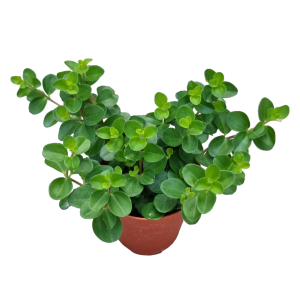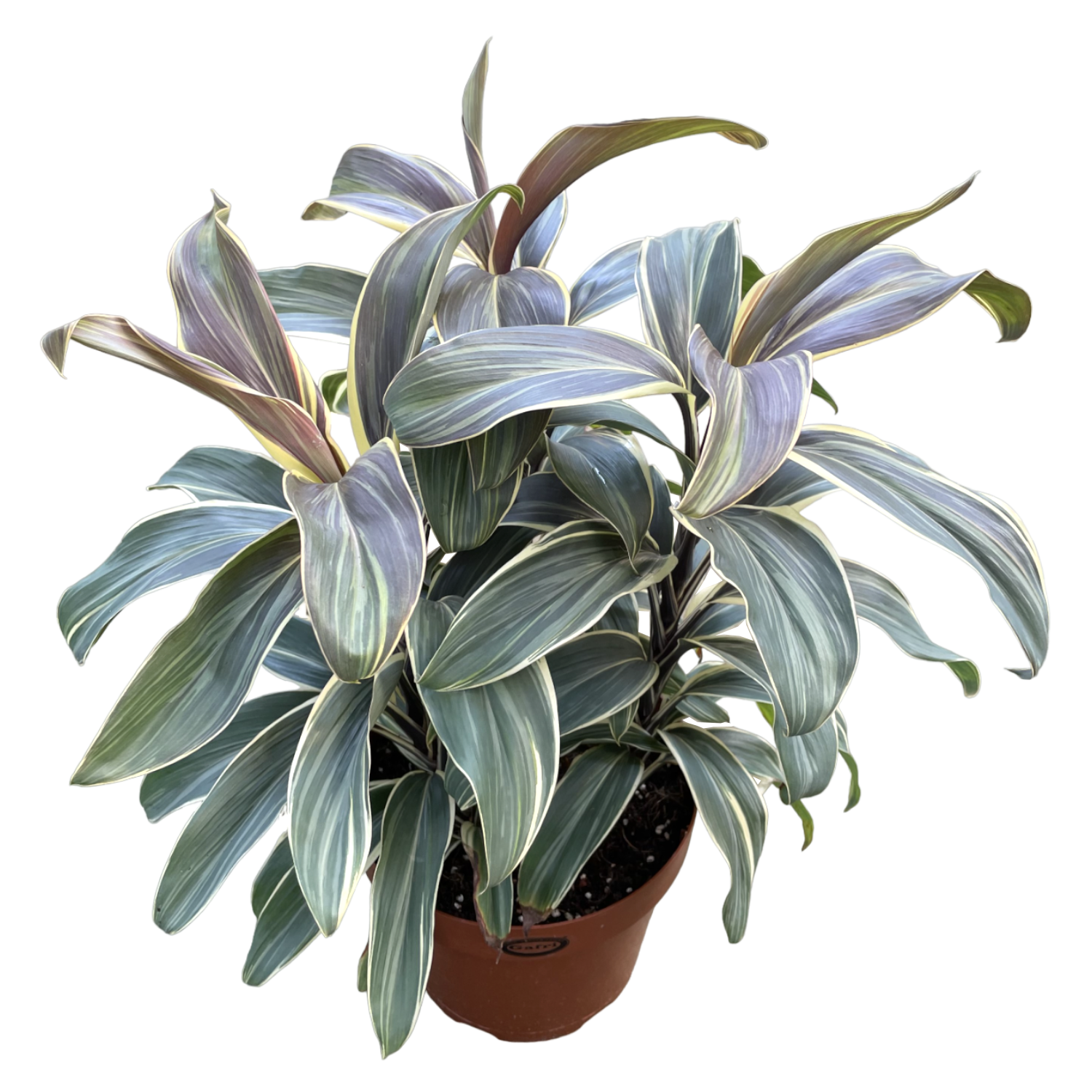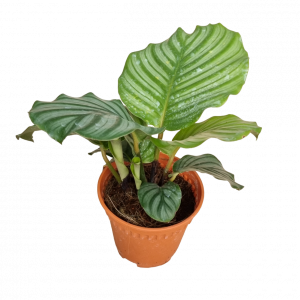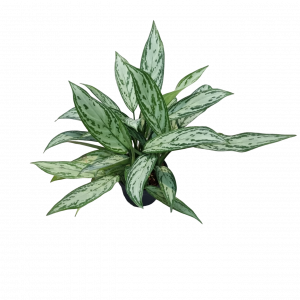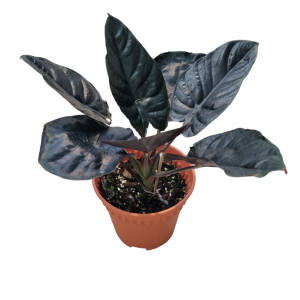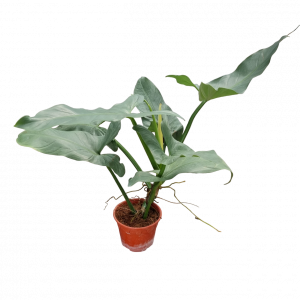Cordyline terminalis ‘Chocolate Queen’, commonly known as the Chocolate Queen Ti Plant, is an elegant evergreen shrub native to Southeast Asia. It is highly prized for its dramatic foliage, which features deep maroon to chocolate-brown leaves with a glossy, leathery texture. Growing to a height of 1.2 to 1.5 metres, this cultivar develops a bushy, upright form with arching leaves. The rich, dark foliage contrasts beautifully with lighter greenery, making it a striking addition to any garden or indoor space.
Plant Care Guide
Light: Cordyline terminalis ‘Chocolate Queen’ thrives in bright, indirect light. While it can tolerate some direct sunlight, prolonged exposure to strong, direct rays may scorch the leaves. A spot with filtered sunlight, such as near a window with a sheer curtain, is ideal for maintaining its vibrant foliage.
Watering: Water the plant regularly to keep the soil moist but not soggy. Allow the top 2–3 cm of soil to dry out before watering again. Avoid overwatering, as this can lead to root rot. Ensure the plant is not left in standing water, and during drier spells, water more frequently.
Soil: Cordyline terminalis ‘Chocolate Queen’ prefers well-draining, rich soil. A standard potting mix with added perlite or sand to improve drainage works well. Make sure the pot has good drainage to prevent water from accumulating at the roots, which could lead to rot.
Fertilising: Feed with a balanced fertiliser to support strong growth and vibrant foliage. A diluted solution is recommended to avoid over-fertilising, which can lead to leaf burn. If the plant is kept in lower light conditions, reduce the fertilising frequency.
Common Pests: This plant can occasionally attract spider mites, mealybugs, and scale insects. Signs of pest problems include discolouration, wilting, or sticky residue on the leaves. Treat any infestations with insecticidal soap or neem oil to protect the plant.
General Care: Cordyline terminalis ‘Chocolate Queen’ thrives in warm, humid conditions. Keep the plant away from cold drafts and wipe the leaves gently with a damp cloth to remove dust and allow for better photosynthesis. Prune any dead or damaged leaves regularly to maintain a neat appearance. With proper care, this plant will continue to grow beautifully, adding an elegant touch to your indoor space or garden.
Lighting: Bright Filtered Light
Watering: Water Moderately
Watering Frequency: Daily
Spider mites: These pests can cause leaves to appear stippled or yellowed, and the plant may lose its leaves. Spider mites thrive in dry conditions, so increasing humidity levels and regularly misting the plant can help prevent them..
POWERCOTE NPK 15+15+15+TE : Every 3 Months.

